This past week has been eventful, with key developments including the Bank of Japan's policy decision, the Federal Reserve's shift in focus, the Bank of England's rate cut, and the release of U.S. payroll data amid growing recession fears.
This post will concentrate on the U.S. economy and the Federal Reserve. However, as I will discuss later, the Bank of Japan has been an important factor to consider not only this week but since early July.
In short:
While Powell provided a tale of normalization focusing on the labor market, the market has reacted to recent data pricing a deterioration of the economy, implying a relatively more aggressive Fed-cutting cycle.
There is a clear disconnect between market pricing, the June SEP (which anticipates two rate cuts by the end of 2024), and the July press conference.
One interpretation of recent events suggests that the Federal Reserve is falling behind the curve. However, I propose an alternative perspective that considers the Federal Reserve's role within the context of the global economy. Current developments are a byproduct of global factors and U.S.-specific issues. At this point, an excessively dovish approach by the Federal Reserve could destabilize financial markets.
Market Re-Pricing
Let’s first take a closer look at the changes in the market’s expectations for the Federal Fund rate in November and December, based on data from the “CME FedWatch” tool.
There are two stages in this repricing process. The first stage involved a dovish shift following Chairman Powell's press conference. The second stage, occurring on August 1st and 2nd, was driven by fear, influenced by the ISM manufacturing report (low employment component), an increase in initial claims on Thursday, and the payroll report, which showed unemployment reaching 4.3% on Friday.
First repricing (normalization)
The following probabilities are reported as the market closed (after Chairman’s Powell press conference) around 4:00 pm ET on the 31st of July, 2024.
At the end of July 31st, market pricing was implying that the Federal Reserve would cut rates in September by at least 25bps unless unexpected events arise—an outcome that was indicated in the press conference. The dovish press conference also led to a market adjustment anticipating further rate cuts in both November and December.
The following two tables collect the shift in probabilities about the Fed fund target range from the 30th of July to the 31st of July for the November and December meetings.
Based on a simple risk-neutral computation of the CME FedWatch probabilities we have:
Second repricing (fear-driven)
The second repricing, driven by fear, took place between August 1st and August 2nd, gaining momentum following the release of the payroll report. The probabilities were noted as the market closed at 4:00 PM ET on August 2nd, 2024.
The following two tables collect the shift in probabilities about the Fed fund target range from August 1st to the 2nd for the November and December meetings.
Based on a simple risk-neutral computation of the CME FedWatch probabilities we have:
By the end of August 2nd, market expectations indicated a substantial shift for September, with a 74% probability of a 50 basis points cut and a 26% chance of a 25 basis points cut.
Setting aside potential market overreactions, there is a noticeable discrepancy emerging between the SEP forecast, which predicts a median of two cuts (totaling 50 basis points) by the end of 2024, and market expectations, which are anticipating more than 75 basis points in cumulative cuts by the end of 2024.
The Fed’s Tale
As few commentators have noted, the July FOMC meeting marked a pivotal shift, as the Fed's focus moved from inflation to the labor market. This shift wasn't entirely surprising to Fed watchers, as several speeches in recent months already hinted at a more balanced approach to the Fed's dual mandate.
To summarize the most recent press conference:
Powell’s press conference was more dovish than the FOMC meeting statement.
The Fed signaled more attention to the labor market, but its current view is that it is normalizing.
From the labor market point of view, although the unemployment rate has risen to 4.3 percent (post-FOMC), it remains historically low. Additionally, the vacancy-to-unemployment ratio, which serves as a proxy for demand pressures in the labor market, has returned to pre-pandemic levels. Nominal wage growth (measured here by the ECI) has also moderated.
Note that unemployment is currently above the long-run equilibrium one (here measured in terms of the SEP long-run median).
The shift in policy was explicitly acknowledged in the statement. In the July statement,
“The Committee judges that the risks to achieving its employment and inflation goals continue to move into better balance. The economic outlook is uncertain, and the Committee is attentive to the risks to both sides of its dual mandate.”
In the press conference, responding to Nick Timiraos from WSJ, Powell stated:
When we were far away from our inflation mandate, we had to focus on that. Now we're back to a closer to even focus, so we'll be looking at labor market conditions and asking whether we're getting what we're seeing and as I said, we're prepared to respond if we see that it's not what we wanted to see, which was a gradual normalization of conditions. If we see more than that, and it wouldn't be any one statistic, although of course the unemployment rate is generally thought to be a single, a good single statistic, but we'd be looking at wages, we'd be looking at participation, we'd be looking at all the things; surveys, quits, hires, all of those things, to determine the overall status of the labor market.
Reinforcing the idea that the labor market and its different indicators will now become more important in the policy assessment relative to the past two years.
As I mentioned earlier, and as has happened in the recent past, the press conference was overall more dovish than the statement itself. One aspect of interest was the response by Powell to a question by Victoria Guida from Politico on the Sahm rule.
we're watching really carefully for that (i.e. a sharper downturn in the labor market). We're aware of that rule, which is really a, I would call it a statistical thing that has happened through history. A statistical regularity is what I'd call it. It's not like an economic rule where it's telling you something must happen. So, again, what do we see? What are our eyes telling us? We look at all the things we're seeing, and what it looks like is a normalizing labor market. Again, job creation at a pretty decent level, wages moving up at a strong level, but coming down gradually, job vacancies have come down,… what we think we're seeing is a normalizing labor market
Indeed the Sahm rule was triggered on the day of the U.S. payroll report. (The rule says that if the unemployment, based on a three-month average, is a half percentage point above its lowest point over the previous 12 months, the economy has tipped into a recession)
How to interpret the recent events
Many commentators have noted signs of weakness in the U.S. economy and have emphasized the need for the Federal Reserve to act quickly. According to this perspective, the current policy stance is restrictive, and higher interest rates are harming the economy. One indication of this is the rise in unemployment from a low of 3.5% to 4.3%. William Dudley, in a Bloomberg opinion piece, has argued similarly, suggesting that the triggering of the Sahm Rule would indicate an incoming recession.
“Most troubling, the three-month average unemployment rate is up 0.43 percentage points from its low point in the prior 12 months — very close to the 0.5 threshold that, as identified by the Sahm Rule, has invariably signaled a U.S. recession.”
The graph below shows the employment level and the civilian labor force level. Since the summer of 2023, the employment level has fluctuated between 161K and 162K. While in the initial phase of the tightening cycle, the U.S. economy absorbed the increase in the labor force with rising employment (which would mechanically reduce the unemployment rate), the recent increase in the labor force is now translating into higher unemployment. The employment level has remained relatively stable, and there is no significant rise in layoffs.
The Federal Reserve's assessment of relatively strong private demand supports the view that the economy may have lost some momentum compared to the second half of 2023 but is not yet at risk of recession.
I believe that higher interest rates have not yet slowed down the U.S. economy. With a relatively muted impact on households, healthy nominal wage growth, and layoffs remaining at normal levels, an incoming economic recession seems unlikely.
Let me now outline an alternative (or complementary) perspective that focuses more on global economic factors, excluding geopolitical tensions, which are another risk factor.
a) The policy shift by the Bank of Japan (working more through financial conditions)
b) The relative weakness of China (working more on the real side of the global economy)
From a financial perspective, there has been a significant shift in the policy stance of the Bank of Japan. This shift has occurred along two dimensions: an increase in the policy rate (minimal but with a clear direction) and interventions to limit the yen's depreciation. AcrosstheSpread provides a detailed account of the yentervention in several informative blogs.
The USD/JPY has appreciated significantly this month, triggering several stop-loss orders and causing an unwinding of carry positions. In these trades, investors short the Japanese currency (taking advantage of low interest rates) to invest in higher-return assets, with the U.S. tech sector being a favored target.
The combination of a hawkish Bank of Japan and weaker-than-expected U.S. labor market data (such as initial jobless claims, the employment component of ISM manufacturing, and the unemployment rate) has created a financial amplification mechanism. Investors, confronted with an appreciating yen (due to interventions) and a narrowing (despite being still high) interest rate differential between the U.S. and Japan (due to disappointing labor market data and a relatively more hawkish BOJ), have been forced to close carry positions. This has amplified the yen's appreciation, the decline in asset prices (sold due to margin calls), and increased financial market volatility.
The second factor affecting the global economy is China's underperformance compared to the pre-COVID period. A less robust Chinese economy results in lower commodity prices and a weaker global manufacturing sector. So it should not be that surprising to see the weakening of manufacturing indicators in Europe and the U.S..
In this context, as the U.S. economy performs relatively well, an aggressively dovish stance by the Federal Reserve could lead to a tightening of both global and U.S. financial conditions. In this sense, it is important to monitor stops and resistance levels of the USDJPY along with news coming from the labor market in the United States.
Before concluding, I want to emphasize that this dynamic is potentially active now unlike a few months ago when the Bank of Japan’s stance was less directional despite the removal of the yield control policy and the increase in the overnight call rate to positive territory.
Conclusions
This week, two major shifts occurred: the Bank of Japan adopted a more hawkish monetary policy, and the Federal Reserve shifted its focus to the employment side of its dual mandate. Recent labor market data, which were weaker than expected, have raised concerns about a potential recession. However, the overall picture of the labor market aligns more closely with the Federal Reserve's narrative of labor market normalization.
There's a risk that confirming fears of economic slowdown with aggressive rate cuts could lead to increased volatility in financial markets as further yen appreciation might contribute to the unwinding of carry trades and lead to tighter financial conditions.
However, this risk is mitigated by the relatively high interest rate differential and the potential for new data to support a soft landing for the U.S. economy.
Other interesting blogs that are insightful on similar aspects that I discuss here and more of course!
Jill Cetina “The trifecta of BOJ, July FOMC, Treasury Quarterly Refunding/ATI debate and what it means for banks”
Jill Cetina “On liquidity, balance sheet risks and policy errors”
Weston Nakamura “Warning For US & Europe - Japan Is Seriously Crashing Right Now”
Joseph Wang “Carried Away”




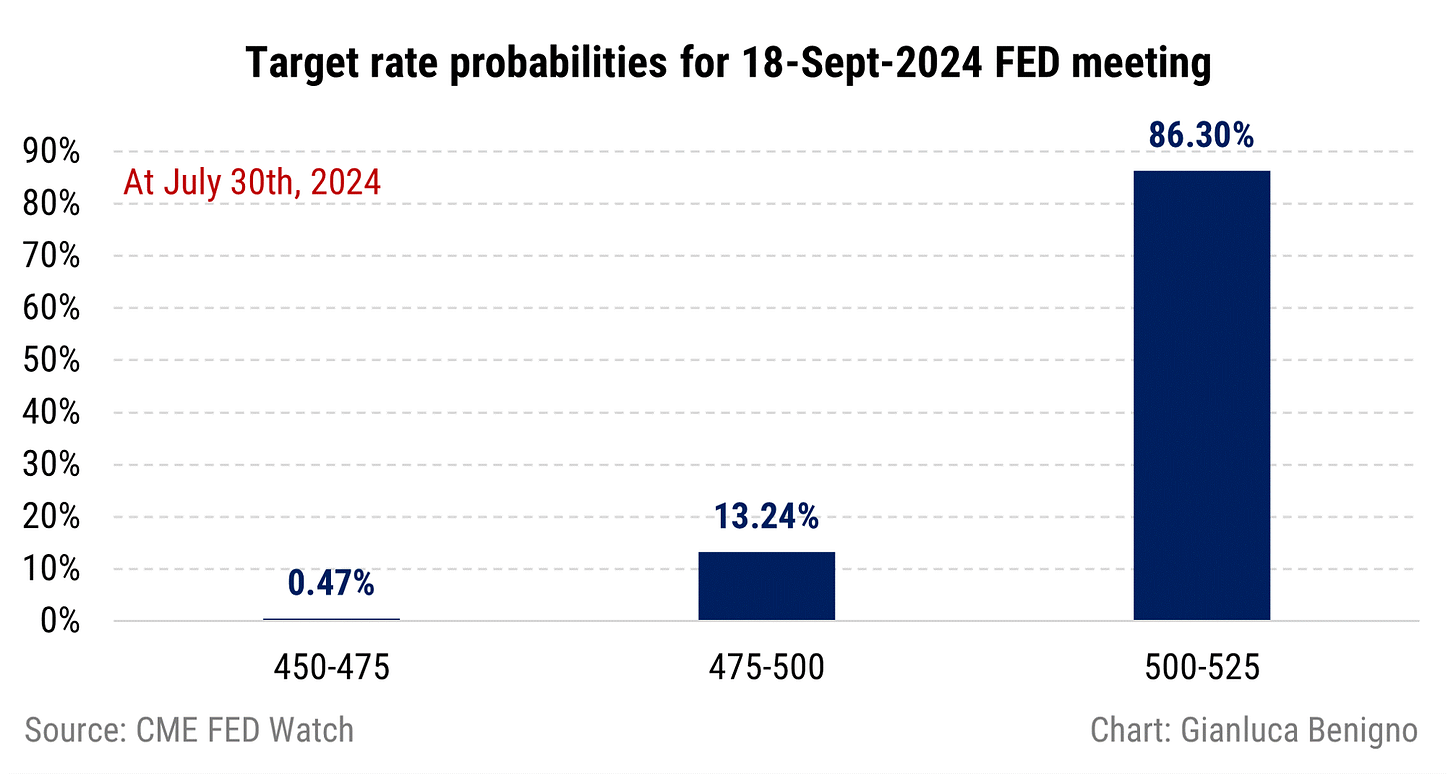



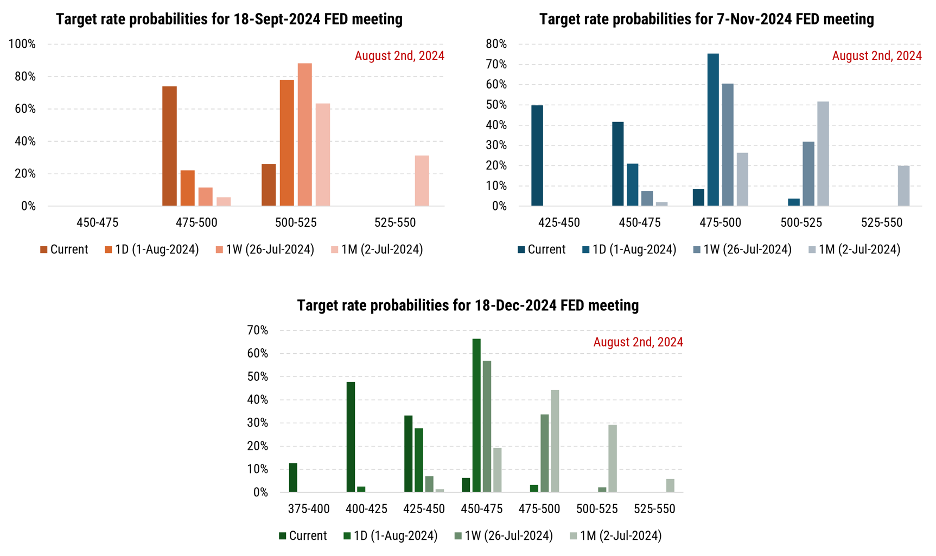
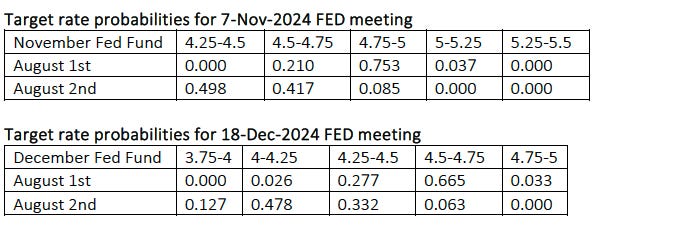

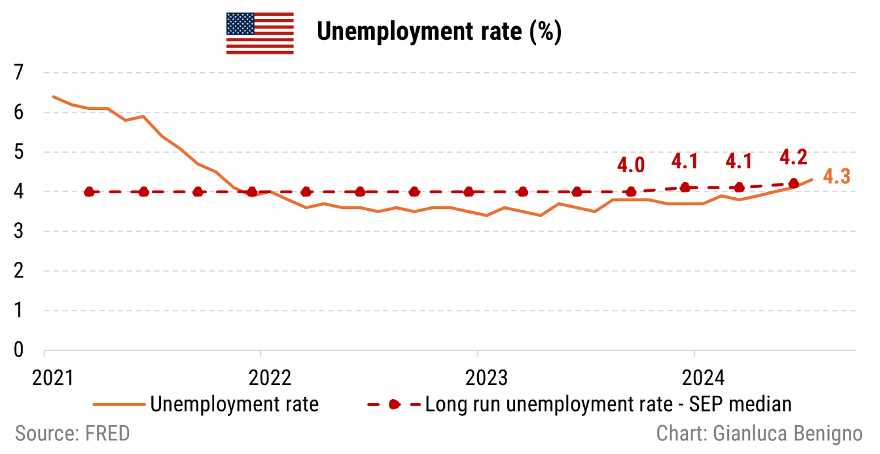



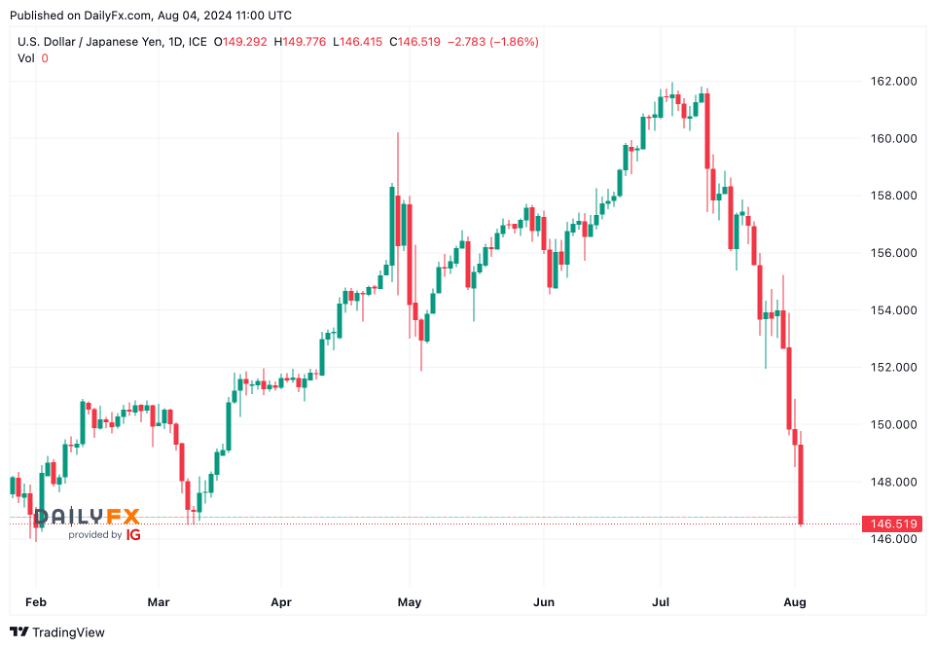
Granular and concise!
Really good post. Thank you.